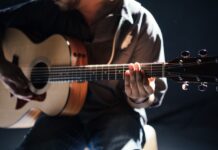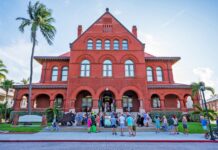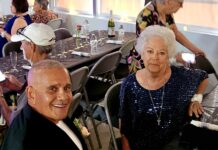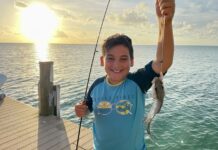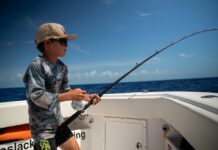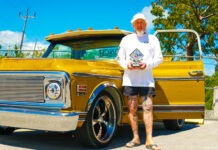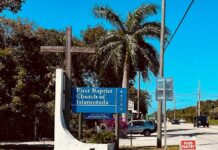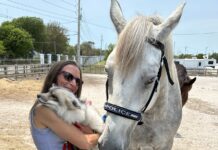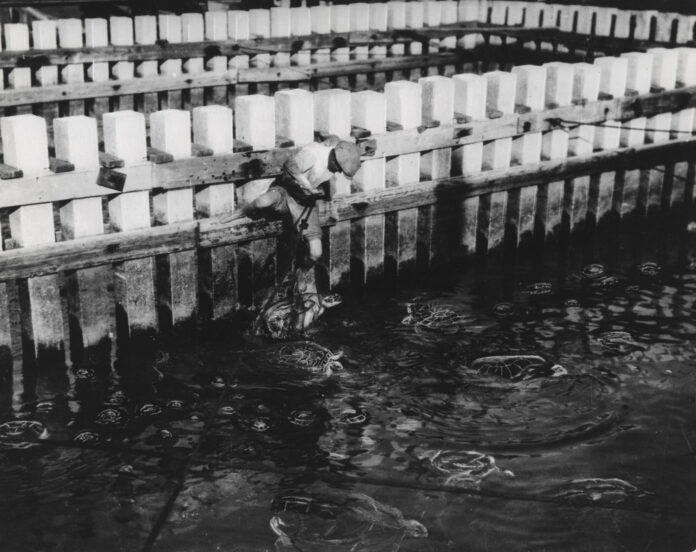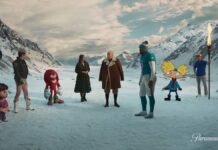The turtle industry in the Florida Keys has performed something of an about-face. Once upon a time, sea turtles like the green, hawksbill and loggerhead, among others, were hunted by indigenous coastal populations and later European explorers.
By the 20th century, turtle populations were nearly too exhausted to recover.
What was convenient about turtles as a protein source was that they could be captured and stored live with minimum effort. Before the days of refrigeration, the best way to keep a protein fresh was to keep it alive. For European sailors, and later commercial fishermen, the turtles could be kept on ships, on their backs, for extended periods. They could also be corralled like livestock in enclosures called kraals.
According to Merriam-Webster, kraal is defined as “an enclosure for animals, especially in southern Africa.” When ornithologist John James Audubon visited the Florida Keys in 1832, he wrote letters about his experiences. According to one of those: “Each turtler has his crawl, which is a square wooden building or pen, formed of logs, which are so far separated as to allow the tide to pass freely through, and stand erect in the mud. The turtles are placed in the enclosure, fed and kept there until sold.”
The reptiles were harvested in a number of ways. When Ponce de Leon and other European explorers collected them, one technique was to wait for the pregnant females to labor onto beaches to lay their clutches of ping-pong-ball-sized eggs. While beached, it was easy for someone walking along to secure the creature by flipping it over on its back until it could be transported to the ship.
Nets, too, could be unfurled across a shallow, grassy area where patient fishermen caught them when they swam into the net and became entangled. The trick for the fishermen was to get to the turtle before it drowned. There were other ways to catch them.
One of these techniques was described in the memoir, “A True Story of Some Eventful Years in Grandpa’s Life,” written by Henry Perrine Jr., who spent 20 months living in the Florida Keys as a boy. More than four decades later, in 1885, he recorded his memories.
About capturing turtles, Perrine wrote: “Another which is not so well understood is called pegging the turtle. A small square sharp-pointed iron peg about an inch and a half long, having a groove around its center, to which is attached a long line, is fitted into a socket up on the end of a pole about twelve or fourteen feet in length. When a turtle is seen sleeping upon the surface of the water, or if seen swimming near the bottom, one man cautiously sculls or poles the boat as closely as possible to it, and then the man in the bow with a quick but not violent thrust of his pole plants the peg in the turtle’s back, at the same time giving plenty of slack to the line. The turtle darting away brings the taut of the line at nearly right angles with the peg which thus remains firmly embedded in the shell.”
Commercially, turtles became another boom and bust industry. It boomed primarily because of the green turtle — named not for their outward color but for the color of the layer of fat found beneath its shell. It was this green fat that rendered the tastiest stock for the turtle soup that grew to attain worldwide popularity.
For a time, Key West became a hub for the processing and canning of turtle and turtle products, and it seems to be generally agreed that the French chef Armand Granday was the first to find success operating a turtle cannery in the Keys. According to Norberg Thompson, who purchased Granday’s operation in 1910: “At the time the industry was first started, Mr. Granday secured his turtles from the water about Key West, but they become so scarce in these waters that the turtles used in the manufacture of the soup are now caught in the Caribbean Sea along the Gulf of Mexico, with some from the coast of Nicaragua” (Norberg Thompson, 1914, “The New and Greater Key West” told in picture and story).
Turtle populations dwindled not just because of their commercial harvest but because their nesting sites were being dug out and the eggs collected for human consumption, too. It took decades for the government to intervene. In the U.S., it started in earnest when the Endangered Species Conservation Act was passed in 1969. Today, all sea turtles are protected by the federal Endangered Species Act of 1973.
While no longer found on restaurant menus, turtles in the Florida Keys remain a tourist draw. Seen gliding through the clear water or resting at the surface and taking a breath of air, they are a wonder to see. Though they are no longer hunted for the meat or their eggs in the U.S. (though still in some countries), they do face unnatural dangers that include boat strikes, a herpes-like virus called fibropapillomatosis and garbage. For instance, when cigarette butts and plastic bags are floating in the water, they mimic primary food sources like shrimp (cigarette butts) and jellyfish (plastic bags).
Fortunately for the turtles and the Florida Keys, there is the old Hidden Harbor Motel.
Back in the 1950s, it was a roadside accommodation in a sleepy Marathon. Today, it represents a unique roadside attraction. The Hidden Harbor Marine Environmental Project is a nonprofit better known as the Turtle Hospital. Its mission is to not only educate the public but also to rehabilitate and release injured and sick turtles. The education center offers daily guided tours of the hospital and rehabilitation facility where permanent and recuperating guests are kept. Because tours are limited in space, reservations are highly recommended for this one-of-a-kind tour.
